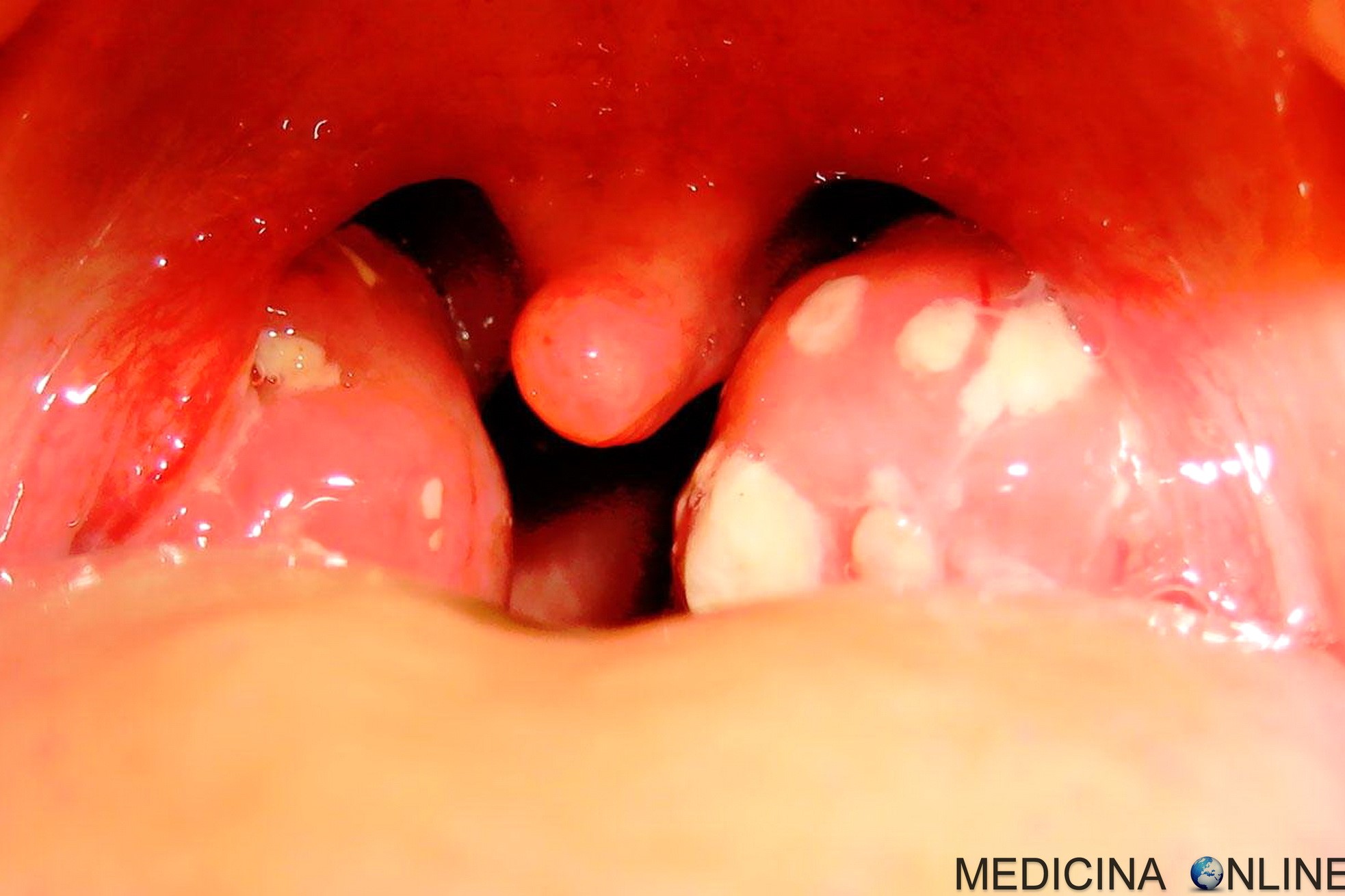
Adenotonsillar hypertrophy: the pathology affecting adenoids and tonsils
One of the most frequent problems encountered by ENT specialists is the management of patients, mostly paediatric, with tonsillar and adenoid hypertrophy problems
Tonsillar and adenoid hypertrophy: take out or leave in?
After all, this pathology is the one most frequently observed in paediatric age.
The eternal diatribe between the paediatrician (defender of the tonsils and adenoids!) and the otorhinolaryngologist is well known: the merciless executioner, terminator of these organs.
In reality, the diagnostic and therapeutic approach to these problems is not ‘no man’s land’ and neither does it lend itself to free interpretations of the type: “I operate more or I only treat!”
There are internationally defined guidelines provided by the Istituto Superiore della Sanità that establish the correct clinical and diagnostic, and therefore therapeutic, approach to adenotonsillar pathology.
By following these guidelines, the patient can be correctly framed and it is possible to decide whether and how to intervene.
Children with chronic adenotonsillar hypertrophy present the following signs and symptoms
- sleep apnoea and snoring for more than six months;
- recurrent infections (more than six per year) of the tonsils and middle ear unresponsive to antibiotic therapy;
- positive history of tonsillar abscesses;
- metafocal disease (distant arthritis, cardiological, neurological problems) associated with elevated ESR, TAS, tonsillar swab and inflammatory indices.
In this regard, it must be considered that the TAS alone (antistreptolysin titre) is never indicative of a tonsillar infection, nor does it call for surgical intervention.
It is only an antibody titre that shows immunity against group A beta haemolytic streptococcus (SBEGA).
In adults, it is the recurrence of infection or complications (tonsillar abscess and metafocal disease) that is the indication for tonsillectomy.
All paediatric patients are evaluated by
- otorhinolaryngological examination
- impedenzometry
- fibre-optic endoscopy.
The indications that ISS provides for the management of these pathologies are summarised below: “Adenotonsillectomy surgery is advisable in children with significant obstructive apnoea.
Clinical parameters (presence of daytime sleepiness, snoring, disturbed sleep, dyspnoea/apnoea crises, open-mouth breathing) are suggested.
Transnasal fibroendoscopy of the nasopharyngeal cavity is useful to establish the extent of mechanical obstruction induced by adenotonsillar hypertrophy in children.
Radiography of the craniofacial massif should, on the other hand, be limited to cases where abnormalities of bony structures are suspected’.
On the basis of the reasonableness and completeness of the recommendations in the SIGN24 guideline, which also consider the impact of the disease on daily activities, it is suggested that indications for tonsillectomy be limited to cases of recurrent acute bacterial tonsillitis of proven severity that meet, for both children and adults, all of the following criteria
- 5 or more episodes of tonsillitis per year
- disabling episodes preventing normal activities
- symptoms persisting for at least 12 months.
It is suggested that the above criteria be used more loosely in the presence of:
- significant (>2 centimetres) and persistent laterocervical adenopathy after antibiotic treatment caused by recurrent tonsillitis
- one or more episodes of peritonsillar abscess
- febrile convulsions
- malformative diseases of the respiratory and cardiovascular systems or other serious chronic diseases’.
In adults, in order to obtain a diagnosis of chronic tonsillitis, it is necessary, in addition to the ENT evaluation, to perform the following haematochemical examinations at least ten days after discontinuing antibiotic and anti-inflammatory therapy
- Tonsillar swab with culture, antibiogram and bacterial colony count
- ESR, TAS, PCR and complete blood count
- renal function tests.
The tests are only significant in association with a clinical history suggestive of chronic tonsillitis.
Medical treatment of adenotonsillar hypertrophy in children involves the use of:
- general and intranasal topical corticosteroids
- nasal showers
- nasal decongestants
- immunostimulants
- antileukotrienes (in selected cases).
In chronic forms, general cortisone is used for short periods (maximum 5 days) followed by the use of intranasal topical cortisone for long periods.
The therapy should last about three months, after which the young patient must be re-evaluated by nasal endoscopy.
Medical therapy of recurrent tonsillitis in adults is based on the use of antibiotics specific to the bacterial strain revealed by culture tests and immunostimulants.
Surgical therapy of adenotonsillar hypertrophy is indicated when medical therapy has failed.
The technique is traditional and consists of removing the adenoids through the mouth, passing an instrument called an adenotome behind the soft palate and uvula.
In the case of snoring pathology in children, only a tonsil reduction is performed, which consists of removing the excess part of the tonsils, responsible for the respiratory obstruction, with an electrosurgical scalpel.
The remaining tonsil, upon healing, will remain functional and continue to perform its fundamental function of defending the first airways.
The removal of the tonsils is performed using a cold technique (with a scalpel), bleeding is usually controlled by bipolar cautery.
In the postoperative period, the following symptoms may occur
- pain in the throat and ears
- difficulty swallowing
- mild fever.
These symptoms are well controlled with the use of paracetamol.
Read Also:
Emergency Live Even More…Live: Download The New Free App Of Your Newspaper For IOS And Android
Pharyngotonsillitis: Symptoms And Diagnosis
Tonsils: When To Have Surgery?
Plaques In The Throat: How To Recognise Them
Lymphoma: 10 Alarm Bells Not To Be Underestimated
Non-Hodgkin’s Lymphoma: Symptoms, Diagnosis And Treatment Of A Heterogeneous Group Of Tumours
Lymphadenomegaly: What To Do In Case Of Enlarged Lymph Nodes
Sore Throat: How To Diagnose Strep Throat?
Sore Throat: When Is It Caused By Streptococcus?
Pharyngotonsillitis: Symptoms And Diagnosis
Tonsillitis: Symptoms, Diagnosis And Treatment


